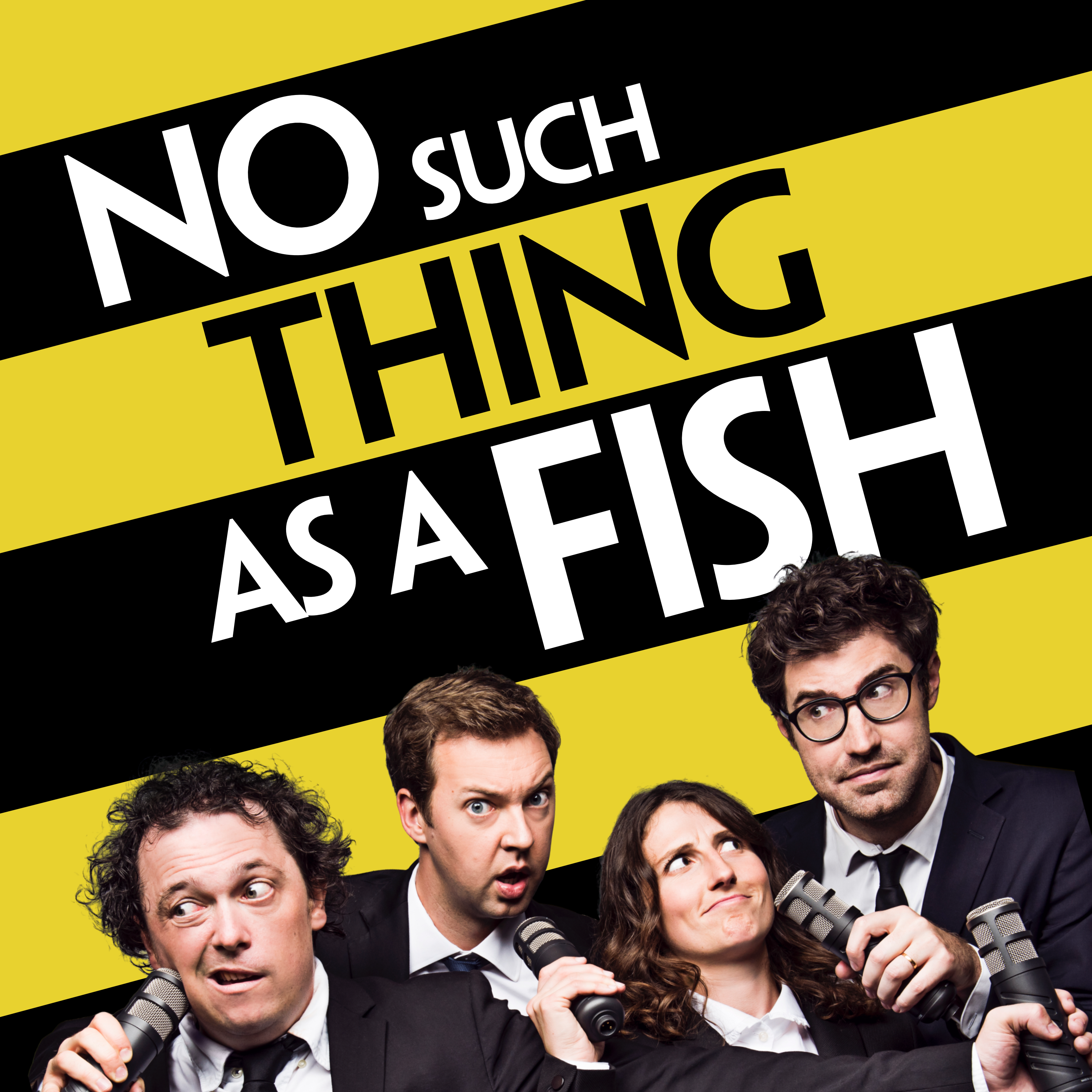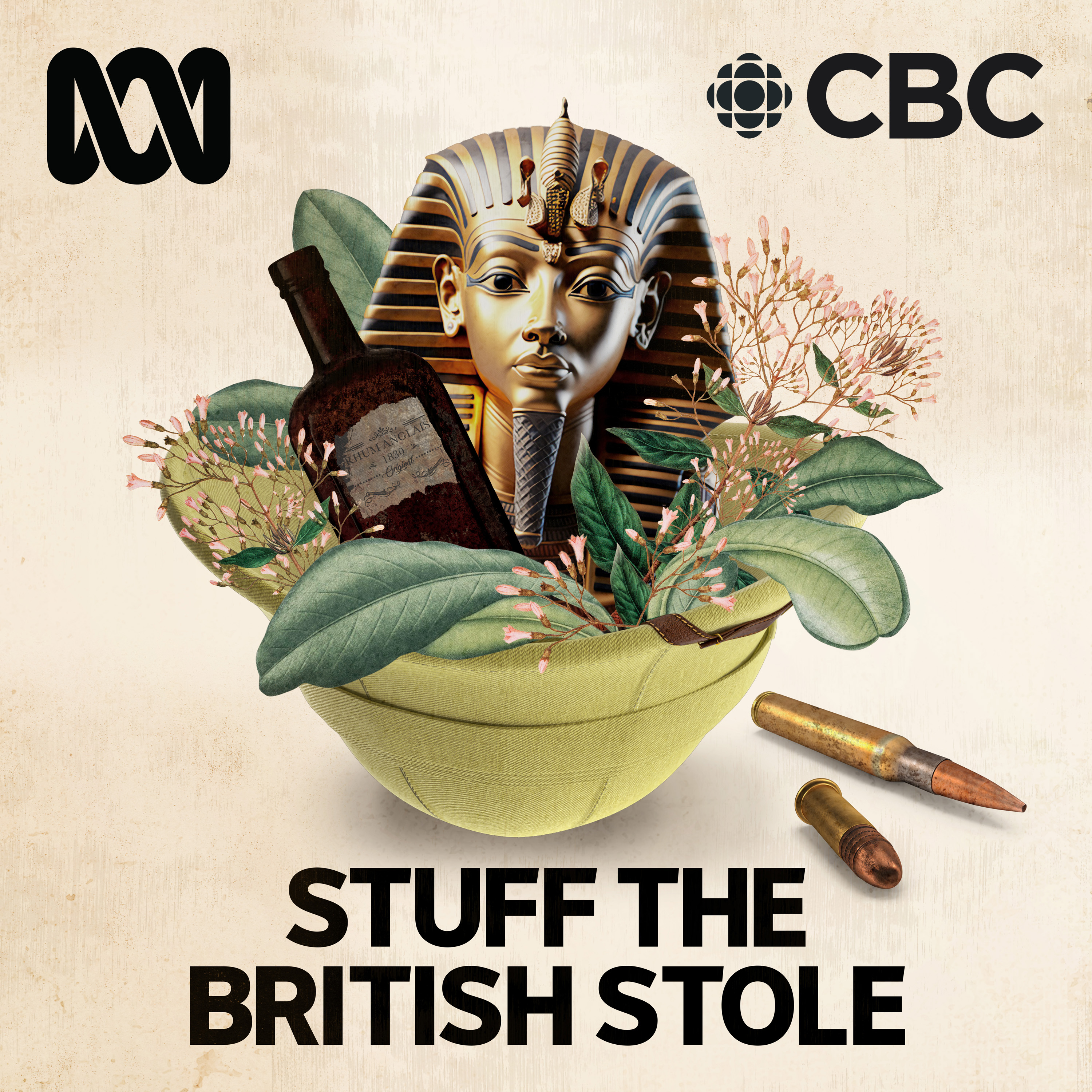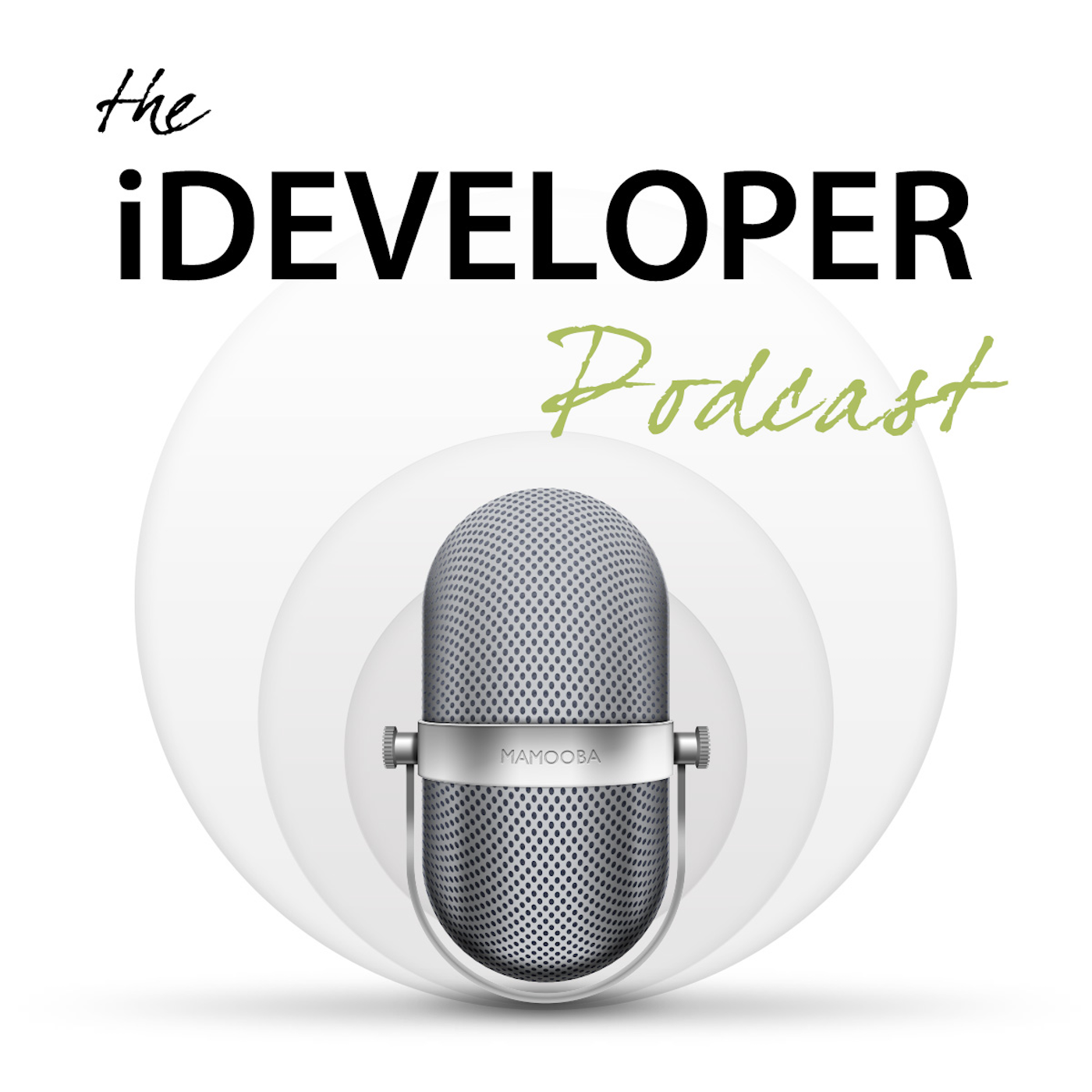
Piano, finally
Piano Finally is a podcast by an old bloke who is learning the piano, finally. I cover the process of learning the piano and music theory as an adult learner. I also review piano books, hardware and other materials from an adult learner's perspective.
Piano, finally
Episode 52 - A Dangerous Business
🎙 Episode 52 – A Dangerous Business
G’day, and welcome back to Piano, Finally—a podcast from an old bloke finally learning the piano. This week’s episode was written once again from the busy foyer of the Sydney Opera House—where Vivid’s light show and some eye-watering appetiser prices ($825!) set the scene before another performance by Sir Stephen Hough.
We begin with an update from the Cliburn piano competition, streaming live on YouTube. All six finalists are men—curious, but I’m just glad to have a favourite from the earlier Gina Bachauer comp in the running. (Note to competition organisers: please consider school holidays next time!)
🎹 This week’s featured channel is DSoundman—a.k.a. Douglas: songwriter, studio producer, and worship leader. His content dives deep into keyboard reviews, tutorials, and creative sound design. Whether you’re new to Nord and Roland boards or just curious about what modern stage pianos can do, his videos are a treasure trove. He also sells courses and preset packs for those looking to level up.
In the essay, A Dangerous Business, we reflect on just how far the piano journey can carry you. What started with a single Roland piano has spiralled into digital grand actions, YouTube rabbit holes, sound design adventures, and reflections on music education. We tip our hat to David Bennett Piano, Elton John, and Billy Joel—and we explore why learning classical first still makes sense, even if you’re aiming for Pink Floyd.
Classical training builds the foundation—but pop music’s chord progressions are opening new doors. The goal is to blend both worlds, and it turns out the scenic route—via detours and diversions—makes for a much better trip.
🎛 To that end, we review Syntorial by Audible Genius—a powerful course that teaches synthesis through ear training rather than theory. With 199 lessons, a built-in synth, and a free trial of the first 22 lessons, it’s a brilliant way to learn what all those knobs and sliders actually do. It’s already helping improve listening skills and synth programming—and it’s surprisingly fun.
🎶 In progress news: the debating season’s over, practice is back on track (even if Wednesday went mysteriously off the rails), and a few “once-a-session” pieces made it to the mic—Spindler’s Canon, Türk’s Bagatelle in F, and Cragg’s Afternoon Snooze and Blackout Blues. Recorded on the Kawai NV10 with Pianoteq’s New York Steinway Model D, they’re a nod to the Cliburn competition’s piano of choice.
As always, get in touch at david@pianofinally.show or via pianofinally.show.
Until next time,
You can contact me:
- via email at david@pianofinally.show; this is probably the best option
- the show website, www.pianofinally.show
- Instagram and Threads @pianofinally
- and on YouTube
- all the podcast directories - list
- here's the RSS feed
Some of the links to books and other items mentioned in the podcast may affiliate links for Amazon or other providers. If you use one of these links, a commission may be paid to me at no additional cost to you. Thank you if you use a link.
All reviews of products, websites and services are unpaid, and no sponsorship has been received for any content on this podcast.
Episode 52 – A Dangerous Business
G’day, everyone. I’m David Reidy; welcome to Piano, finally, a podcast by an old bloke who is getting around to learning the piano, finally.
[Crab Canon]
Welcome
Welcome to show fifty-two. Thank you very much for listening. If this is the first time you’re hearing the podcast, I hope you enjoy what’s in the show. If you’re back for another episode, then thanks for returning. If you, too, are learning a musical instrument, let me know how you’re going with it. You can contact me at david@pianofinally.show.
The foyer of the Sydney Opera House is becoming a regular place for me to write the script for the podcast. This time it is Friday evening, and once again it is to see Sir Stephen Hough playing with the Sydney Symphony Orchestra. As usual, the foyer is pretty busy, but this time it’s not tour groups, it’s people going to the restaurant. Sydney’s Vivid Festival is running at the moment. It’s a light show that uses the buildings and structures around Sydney as the canvas. The Opera House’s restaurant looks out over the Harbour Bridge and Circular Quay, making it a pretty good place from which to watch the show, except that you can’t see what’s being done on the Opera House itself.
I have been to the restaurant twice, once when I was very young and once for a wedding reception. A look at the menu and the prices explains why I’m not a regular there. One of the appetisers comes in at $825 per person, but dinner is a positive steal at just $210. Luckily there are many other options for food in the area, even though it is a bit touristy.
For free, you can watch the Cliburn piano competition on YouTube at the moment. The two final evenings of the competition are available live, one of my favourites from the Gina Bachauer competition earlier in the year is in the finals, so it will be interesting to see where he finishes. Saying “he” doesn’t give away my pick, as all six finalists are men, which seems a little strange, but I haven’t watched all the earlier rounds. They really should arrange to have these competitions during the school holidays so I can keep up.
[Crab Canon]
Podcast – DSoundman
When I first decided to look into a keyboard to add to the piano, I searched YouTube for channels that were mostly educational and presented by someone who uses keyboards as a part of their musical life. There are a lot of different channels available, but eventually I settled on two, DSoundman and My Keys To Music. This week, I’ll speak about DSoundman.
DSoundman’s real name is Douglas, and he is a songwriter, home studio producer and worship leader. On his channel, he reviews keyboards and performance accessories, providing tutorials on their use and applications. Douglas also has some paid-for in-depth courses for Nord and Roland keyboards, as well as packs of presets that you can load onto them.
Many of Douglas’s demonstrations go beyond just the simple settings of the piano, organ or synthesiser in the keyboard; he also looks at the features that allow a musician to combine the different elements to create a vast array of sounds for different purposes. Being able to speak knowledgeably about all the different parts of the keyboard makes these videos particularly valuable, as I expect it would be rare for a beginning-level player to have skills across all three types of instruments.
Douglas’s playing is excellent, and he selects music that suits the types of sounds he is creating. If you’re interested in just what you can do with a modern stage piano, it is worth checking out DSoundman’s channel.
There’s a link in the show notes.
https://www.youtube.com/@DSoundman
[Crab Canon]
Essay – A Dangerous Business
When I first decided to learn to play the piano, the only thing I was interested in buying was a piano, a digital one for practical reasons. The original Roland keyboard got upgraded to the Kawai because of the NV10’s full grand action being better to learn on. But as we learn in The Lord of the Rings, “It’s a dangerous business, Frodo, going out your door. You step onto the road, and if you don’t keep your feet, there’s no knowing where you might be swept off to.” And that is exactly what has happened. Those first piano steps have led to a very different journey.
One of the paths I followed was various YouTube channels on music theory and discussions of different pieces of music. Although a few of the presenters of these videos use pianos, most of them use a keyboard of one sort or another, but not all of them have keyboards that sound like a piano. That led to David Bennett’s channel, where he looks at the structure of modern popular music. That led to looking more into the keyboard instruments that are used in modern music and the stage keyboards that are used. I found DSoundman’s channel, where he demonstrates the different keyboards and explains how to create different sounds. There are links in the show notes.
It's a long way from the classical piano music I thought I’d be learning, though I am still very much trying to get better along the traditional path of piano learning. I think that you still need to learn piano the traditional way, even if you want to end up mostly playing popular music. After all, artists such as Elton John and Billy Joel are both classically trained musicians. An interesting note is that Robert Estrin, of Living Piano Video’s father, was one of Billy Joel’s piano teachers.
You still need the classical training, because I haven’t seen anything in the popular style of playing that isn’t also in the classical style, so if you learn classical, it will transfer to popular, but I’m not sure that it would go the other way. I’ve listened to a lot of popular music, and I don’t think any of it gets as complicated as the most popular pieces of Chopin or Beethoven. If you can play Beethoven, you can probably manage anything by Pink Floyd.
I also think it is easier to find a way to learn classical piano than other styles. So much of the piano education industry is geared towards the type of material that turns up in the ABRSM or AMEB examinations. Tertiary institutions seem to want students to demonstrate classical repertoire in order to get in. So there is an enormous amount of material available, and much of it is aimed at the absolute beginner. I have tried to find material that starts out teaching you with pop songs on a synthesiser, and am yet to find any.
Where I think expanding my learning by adding some popular music will help, is with chords. They are a lot more important in the keyboard parts of pop songs than they are in more classical pieces, or at least in the form they appear in the songs. I am slowly getting around to recognising the chord structure in the pieces I am learning. In the Wild Chase piece by Wynn-Anne Rossi, I now remember one section with the left-hand chord progression, though the chords are played as separate notes. The chord progressions in pop are much more prominent, so perhaps some of it will flow back.
Also, if I’m going to be able to play for people, it is likely that some of the more popular pop songs will go over better than the standard classical repertoire.
Where I have got to after a year and a half of learning is not where I would have thought I would be by this time, but I’m pretty happy with where I am. If I stuck with those books I bought when I began, I expect I would now be on the second volume, and possibly a bit better technically than I am, but I don’t think I would have had as much fun. The Alfred and Faber books have very nice roadmaps of where you will go as you progress on your learning journey, but they don’t map out all the possible detours.
I have been to places and listened to music I would otherwise have not considered if I had stuck to the road I saw as I began. Following the side tracks and paths off to the side, although definitely slowing progress to the destination, has made the trip much more fun.
The current diversion into the world of sound design and synthesis is proving to be a great addition to the journey, and well worth the extra time and effort it is taking.
https://www.youtube.com/@DavidBennettPiano
https://www.youtube.com/@DSoundman
[Crab Canon]
Review – Syntorial
As I mentioned earlier, there are hundreds of courses and publications available to learn piano the classical way. Still, I was unable to find very much in the same vein for learning keyboards. The mechanical part, pushing the keys down, is similar, although some of the organ synthesisers are really just on and off rather than worrying about velocity, it’s the other bits that are different. The bits that make the millions of different sounds of which a keyboard is capable.
I’ve said before that the most significant difference in using a piano over a keyboard synthesiser is that the piano has three controls in addition to the keys, while my synthesiser has 148. So this is where I needed some lessons. While there are a few places that will give you recipes for different settings, I wanted something that would teach me both the theory and practice of making synth sounds.
Syntorial kept cropping up in my searches, so I went to that product to take a look. Syntorial is made by Audible Genius, a small company working in the United States. They have two main products, Syntorial and Building Blocks, both of which are music education titles.
Syntorial has 199 lessons spread across thirty-three units, which take you from the very start of subtractive synthesis up to where you can work the myriad of controls that form a modern synthesiser’s controls. Each lesson is based around ear training, learning the effect each change has on the overall sound, rather than looking at the theory behind what you are doing. It is very effective with the system introducing one new control at a time, and then lots of quiz practice and free time to learn each step well. The lack of theory doesn’t bother me, as I learned about analog signal processing as part of my work at university, albeit at frequencies much higher than audible.
Syntorial comes with its own software synthesiser, which contains all the common controls found on synthesisers, and as a beginner with synthesis, I’m using that rather than one of the more professional ones that I have with other software. I am, however, also trying everything with the settings on the Nord as well, as that’s what I’m aiming to play, eventually.
I’m enjoying the process so far, although I am still only a couple of lessons into the course. The instructions and teaching are very clear, and I’m learning a lot. Because it is all based around what you hear, I think this is also going to improve my general ability when analysing music.
If you’re interested in learning about sound design with a synthesiser, then I can recommend Syntorial. You can try the first twenty-two lessons for free on their site, no sign-up required, and they offer quite generous discounts to students, teachers, and others. I’ll include a link in the show notes.
[Crab Canon]
Closing
Sir Stephen Hough was excellent, as always. The pre-concert talk was informative, and Sir Stephen added another Chopin nocturne as his encore. As always, an evening at the Opera House is a nice way to round off the week. My next Sydney Symphony Concert is in July, it includes music by Ravel and Falla and is entitled Postcards from Spain. I don’t know anything about Falla, so I’m looking forward to hearing something new.
If you’d like to contact me, email is the best way. You’ll find me at david@pianofinally.show and the website at www.pianofinally.show. In both cases, pianofinally is all one word. The show is also on Instagram and available as audio-only on YouTube. You can subscribe via any popular iOS or Android podcast application or from directories such as Apple Podcasts, Spotify, or YouTube. I also post an excerpt and link for each episode as an Instagram reel.
If you’re learning an instrument, let me know where you are in your journey. What’s going well, and what are the challenges? How are you managing your time?
So, until next week, I hope your piano stays in tune and you enjoy your time at the keys.
[Crab Canon]
Progress
With debating finished, I was able to get back to a more consistent practice schedule, but for some reason, nothing worked properly on Wednesday; those pieces that I only play once each session just wouldn’t work. They were back on track on Thursday, so I don’t know what was going on. I managed to get in some practice on the school’s grand piano on Friday, as I didn’t travel home before the Opera House concert. In the progress section, I’ve included those four “once a practice” pieces. They are Fritz Spindler’s Canon, Daniel Gottlob Türk’s Bagatelle in F, and Andrew Cragg’s Afternoon Snooze and Blackout Blues.
The piano pieces were recorded using the Kawai NV10 as the keyboard and Pianoteq 8 on the M4 Pro Mac Mini, emulating a New York Steinway Model D piano in classical mode. I chose the Steinway this week to match the piano I’ve been hearing in all the Cliburn competition performances.
[Practice pieces]
Podcasts we love
Check out these other fine podcasts recommended by us, not an algorithm.

Connected
Relay
Upgrade
Relay
No Such Thing As A Fish
No Such Thing As A Fish
We Can Be Weirdos
Global
Stuff The British Stole
ABC and CBC
The iDeveloper Podcast
Steve Scott (Scotty) & John FoxRaven On: A Pop Culture Podcast
Natalie Bochenski & Stuart Layt
Smart Enough to Know Better
Dan Beeston & Greg Wah
TopMusic Piano Podcast
Tim Topham
The Chopin Podcast
Garrick Ohlsson and Ben Laude



